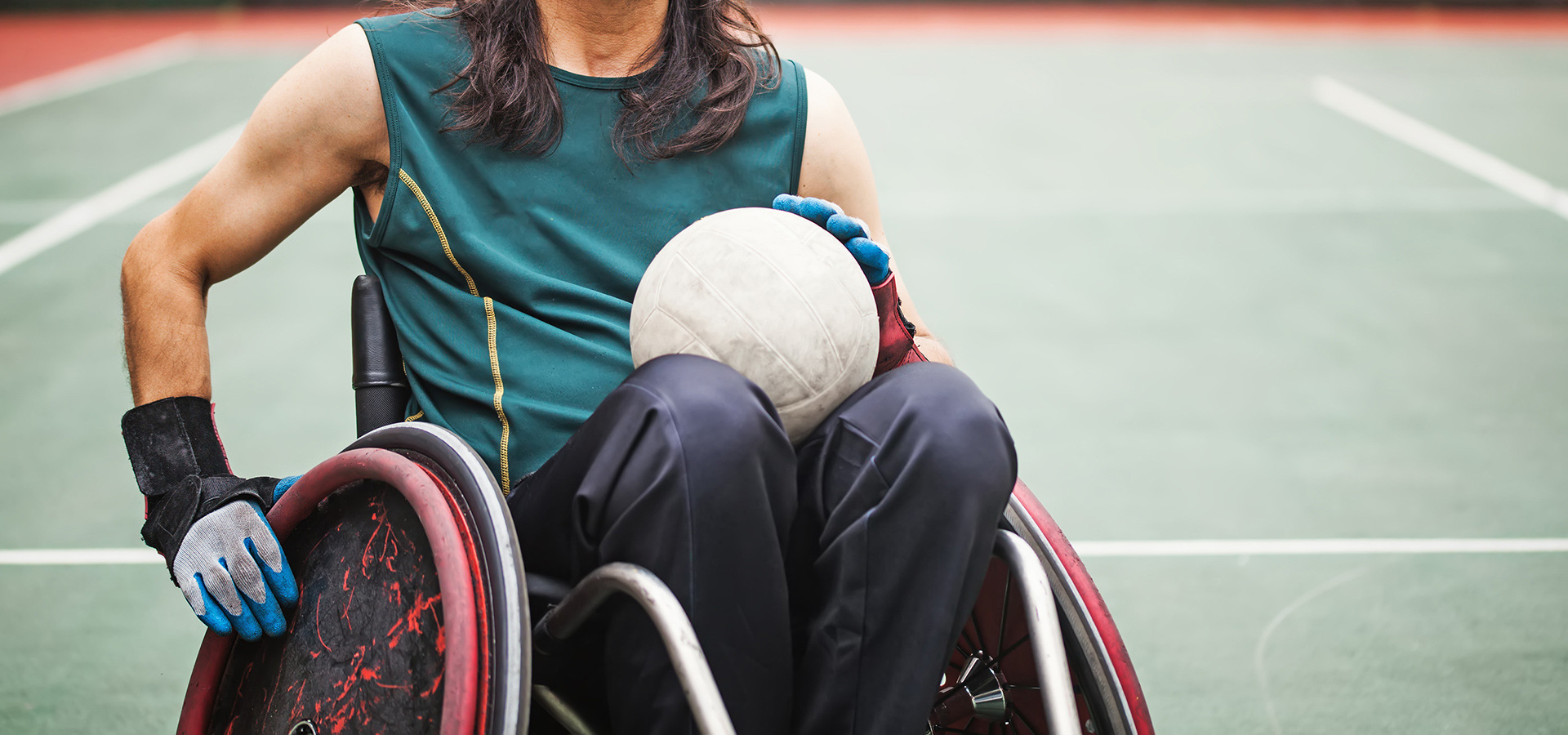
Wheelchair Seating and Positioning: Common Clinical Considerations
Many clinicians and therapists complete wheelchair assessments, training, and seating adjustments every day. Patient care considerations are always paramount. How do you protect the patient, yourself, and your workers while simultaneously creating an optimized workflow?
The answer is more straightforward than you might think: good data. Unfortunately, too few practitioners work with adequate data sources, leading to compromised decision-making and best-guess strategies. This leads to various poor outcomes, from rework to pressure ulcers.
The good news is you can do better. All it takes is the right tools. Before we get to that, though, let us look at the primary clinical considerations facing healthcare providers who work with wheelchairs, from pressure sores to patient alignment to clinician protection.
Common Clinical Considerations: Goals and Challenges
Clinicians' main goals when performing wheelchair seating and positioning are manifold: injury healing, prevention of new injuries, patient comfort, maximum patient mobility, and education. If you can provide the proper seating and cushioning and then adequately train patients and their caregivers in how to use the wheelchair properly, you have a much higher chance of seeing good outcomes.
Unfortunately, many clinicians are hampered by several challenges. These include:
- The complexity of interrelated wheelchair components;
- Unseen asymmetries without proper equipment;
- Lack of sensation; and
- Limited time.
Taken together, these realities pressure clinicians to seat hastily or by using guesswork, which leads to a variety of adverse outcomes.
Pressure Sores
Sores can occur when areas of high pressure go unalleviated for too long. Unfortunately, these don't always correlate to regions of bony protuberance, and so, without the correct data, clinicians are often unable to prevent them between visits.
While changing position frequently is essential, the best prevention is correct padding to protect skin and muscles. Again, though, you need data for that.
Poor Patient Alignment
Poor patient alignment not only prevents injury healing but can create new injuries in the form of pressure sores, which (if left untreated long enough) can become severe or even life-threatening infections.
At XSENSOR, we believe in helping clinicians design the best and most efficient protocols for keeping their patients safe and healthy. That's why we created a comprehensive wheelchair patient positioning guide. We invite you to check it out.
Let us discuss the basics here. The key points when placing a patient in a wheelchair include:
Spinal Posture
Correct posture means the patient is sitting up straight in their chair. The pelvis should be level, and the spine elongated to avoid pressure sores and compaction or deformation of the spine over time. The head should be centered in the chair to help breathing and swallowing.
In some cases, you may need to offload pressure to account for injury in a way that influences these rules, but they are generally sound. Also, as a general rule, the patient should sit in the middle of the chair to better balance their body and avoid additional injury.
Hips and Legs
The patient's legs should bend at a natural 90-degree angle at the knee when in the chair. It is okay if this varies slightly in either direction, but again, that is the goal. The hips should be slightly higher than their knees, with minor pelvic tilt.
Adjust the footrests if you need to lower the knees to prevent them from going higher than the hips. You want the knees comfortably below the hips but not dangling.
Arms
Some patients need arm support; others do not. If your patient requires support and will not be able to make the appropriate adjustments themselves, customize the armrests as needed. If they will be able to make adjustments themselves, explain what is needed to do this ergonomically.
Inadequate Clinician Protection
It is not all about the patient, though. If you get injured, you cannot properly serve your patients or clientele, and that is to nobody's advantage. Protecting your back, knees, hips, and shoulders should be of primary importance when seating patients, equal to that of their own comfort and health.
When seating patients, always make sure to:
- Engage your core by tightening your abdominal muscles.
- Bend at the knees to offload stress from your back.
- Get help if you need to, as many patient positioning moves require more than one person.
- Wear a back brace if you are going to be doing constant heavy lifting.
- Where understanding permits, explain to the patient what you are going to do so they can assist.
- Make a game plan with anyone helping you before proceeding.
As we said, the above concerns can be addressed with a straightforward fix: better data.
How XSENSOR Can Help
Good pressure data is the key to informed decisions about wheelchair seating. If you can see what is happening between the patient's body and the seat—a task impossible to the naked eye—then you can make much better decisions about seating, padding, and positioning.
That is where Intelligent Dynamic Sensing comes in. XSENSOR's cutting-edge, industry-leading sensor-based systems help you create highly detailed pressure maps, so you never miss a detail again. Now you can see where areas of high pressure are made, where areas of low pressure provide offloading potential, and how to balance the two.
Combined with AI-powered data analysis, the ForeSite® SS pressure imaging system wraps hardware and software into a single, ready-to-go setup with no calibration. All you have to do is open the box and get to work.
Are you worried about regulatory issues? Do not be. The ForeSite® SS is medically certified with HIPAA-client data encryption, so your patients' information is always safe, along with your reputation. Designed with therapists and clinicians in mind, XSENSOR's systems are made to simplify your life, enrich your practice, and help your clients live their best lives.
Get in touch to learn more today.
